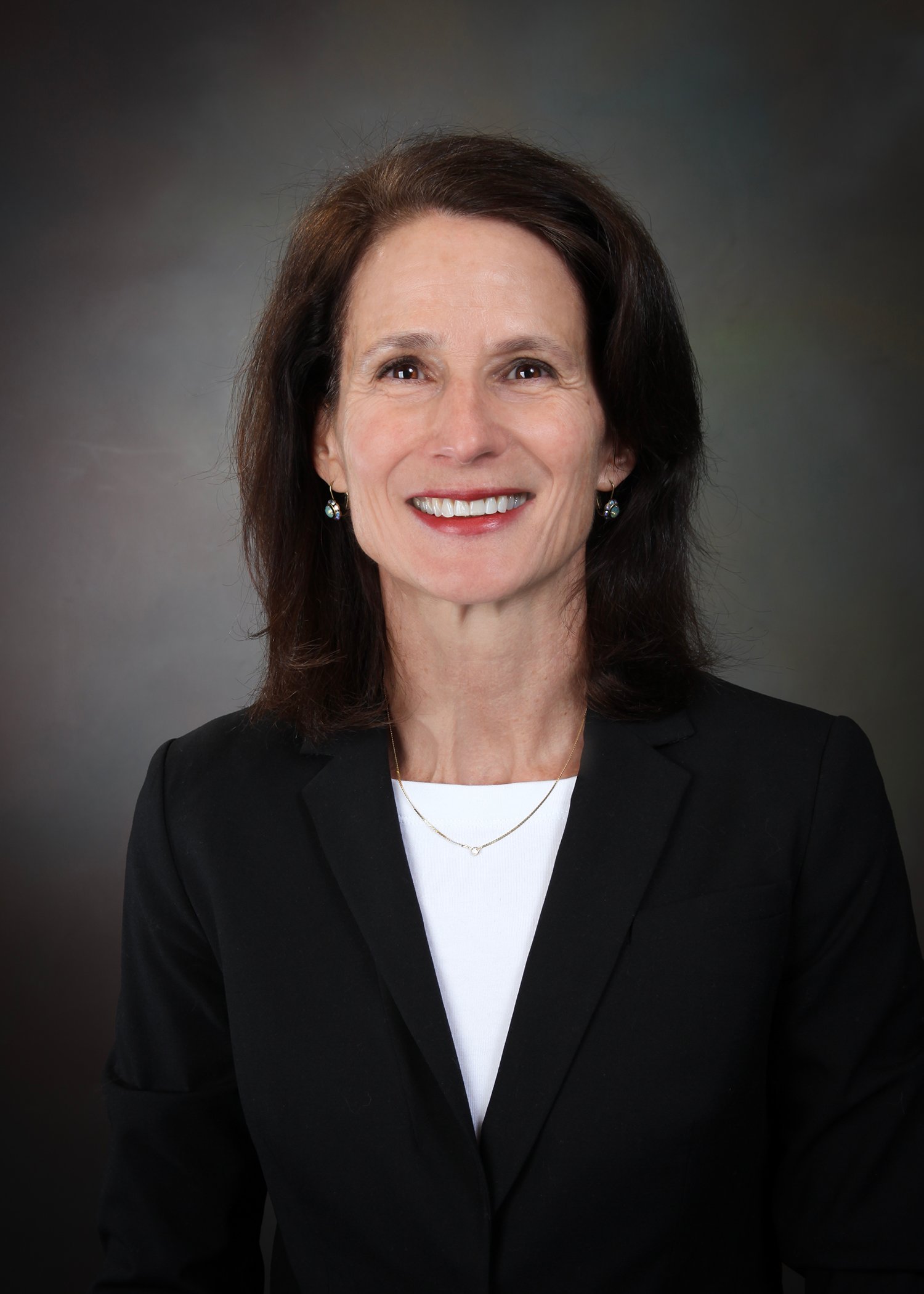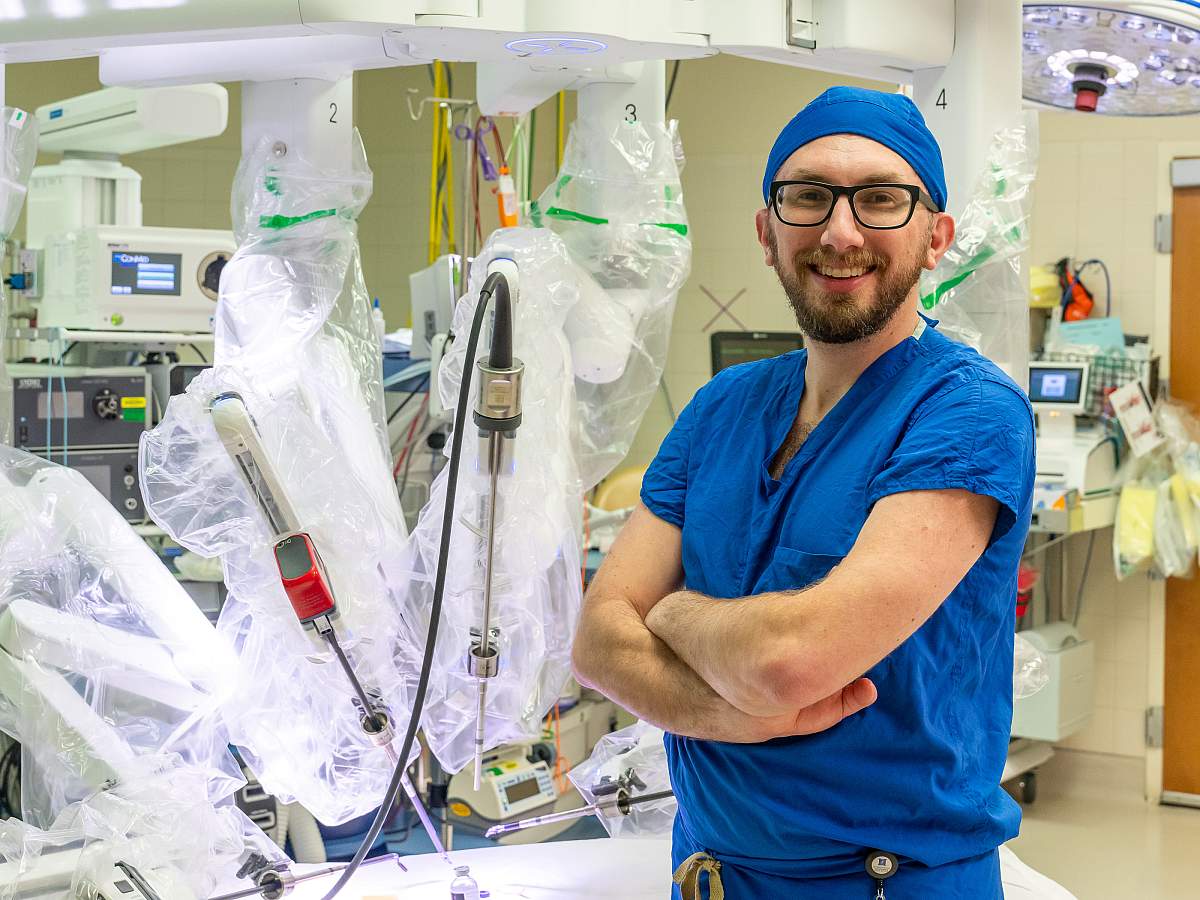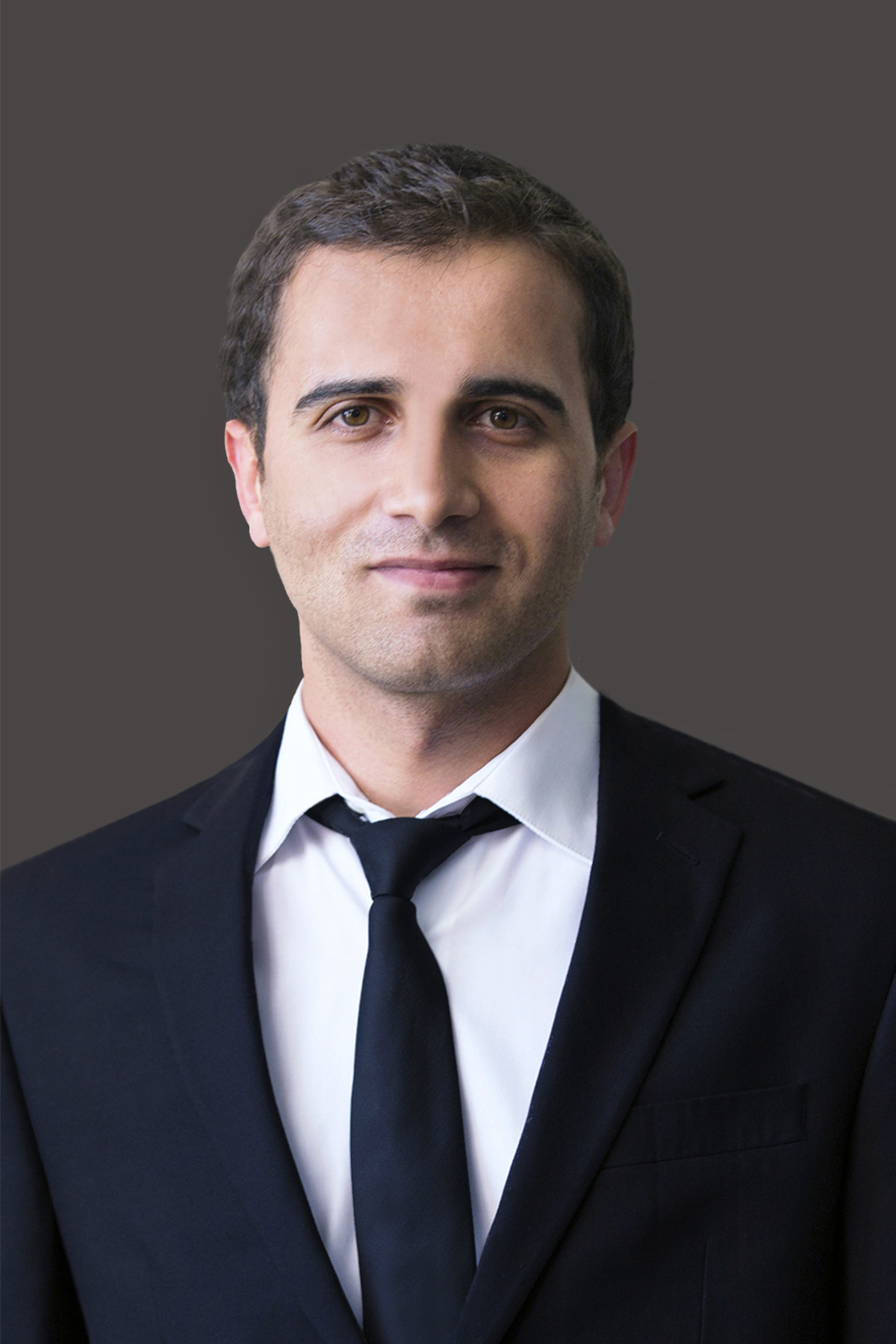She joined Livermore in 2012 as a design physicist in the inertial confinement fusion (ICF) program. In ICF, the hydrogen-based fuel is compressed to high pressures and temperatures for brief periods of time, fusing the fuel and releasing significant quantities of energy. For indirect-drive, laser-driven ICF, lasers are used to heat the inside of a tiny canister containing a fuel pellet. The lasers produce an X-ray environment inside the canister that subsequently heats and compresses the fuel pellet, generating fusion reactions and releasing energy. During her tenure at LLNL, Berzak Hopkins designed more than 100 experiments for the National Ignition Facility (NIF), the most energetic laser in the world, and established laser-target designs with enhanced efficiency that became the foundation for generating the first fusion experiment in December 2022 that produced more energy than was used to heat the fusion target. She has received two U.S. Secretary of Energy Honor Awards and four NNSA Defense Program Awards of Excellence for her technical contributions in both the inertial confinement fusion and weapon survivability fields.
“Laura has an extensive array of impressive talents and experience that will grow the Laboratory’s research portfolio and help us advance our transition to a multi-program institution,” said Laboratory Director Steven Cowley. “I am so thrilled that she is here.”
“Throughout my twisting and turning career, there has always been a special place in my heart for PPPL,” Berzak Hopkins said. “I began studying plasma physics here, first as an intern and then as a graduate student, so returning to this place feels very special.”
Berzak Hopkins served as chair of LLNL’s High Energy Density Science Laboratory Directed Research and Development (LDRD) review committee, was a member of the Livermore Guidestar team, which prepared a multi-decadal framework to guide LLNL’s broad strategic mission space, and was an action officer to the Integrated Planning Group, crafting input for NNSA’s annually issued Stockpile Stewardship and Management Plan. She is also a member of Sandia National Laboratories Radiation, Electrical, and High Energy Density Science (REHEDS) Research Foundation External Review Board.
Engaged in science and government
Inspired by the intersection of science and policy, Berzak Hopkins served as an American Physical Society (APS) Congressional Science Fellow from 2010 to 2012 in both the U.S House of Representatives and the Senate, supporting legislators and staff on a range of technical topics. In 2011, she was a selected member of the Nuclear Scholars Initiative through the Project on Nuclear Issues at the Center for Strategic and International Studies, where she researched international agreements on civilian nuclear cooperation and arms control. After joining LLNL, Berzak Hopkins was a member of the National Security Leadership Program at the Bush School of Government and Public Service at Texas A&M University, where she worked to develop metrics to categorize nuclear capabilities of nations and assess deterrence effectiveness.
A passion for science communication
In addition to studying plasma physics research and science policy, Berzak Hopkins has been deeply interested in communicating science to laymen. In 2012, she was awarded an APS public outreach grant to create Why-Sci, a science communications website with the goal to share research with the general public and support scientists in communicating their research results. She has presented invited technical talks at European Physical Society and APS conferences, as well as at annual Livermore summer scholars programs. From 2014 to 2020, she taught in Livermore’s Fun with Science program, which sponsored day trips for elementary students to the laboratory and provided basic science lectures and demonstrations. Berzak Hopkins regularly served as a tour guide for NIF, explaining the facility’s capabilities to visitors ranging from school groups to members of Congress. In addition, she is the assistant editor for the APS Forum on Physics and Society quarterly publication.
A return to Princeton
This new hire will allow Berzak Hopkins to return to PPPL and Princeton University after almost 20 years. She was an intern at PPPL in 2002 and then, having graduated from Dartmouth College with bachelor’s degrees in physics and chemistry in 2004, enrolled as a graduate student in Princeton University’s Program in Plasma Physics. She earned her Ph.D. in plasma physics in 2010.
“Returning to PPPL feels really amazing,” Berzak Hopkins said. “It’s an incredible opportunity to come back to the place where I cut my scientific teeth.”
Berzak Hopkins was the first graduate student to do research involving the then-new tokamak-experiment”>Lithium Tokamak Experiment (LTX), which was designed by PPPL physicists Richard Majeski and Robert Kaita to test the ability of liquid lithium to boost the efficiency of magnetic confinement. Specifically, she designed, fabricated, and installed the magnetic field diagnostics, a set of sensors and probes to measure the magnetic field around the plasma.
Excited about the future of fusion energy
Berzak Hopkins arrives at PPPL during a time of impressive world-wide experimental fusion milestones, growing public excitement about the field and increasing public and private funding for fusion energy. “For me, this is an inspirational historic moment,” she said. “There’s robust investment in fusion from both the public and private sectors and, from my perspective, it’s important that we strike while the iron is hot to foster more public-private partnerships. Finding areas in which the two sectors can collaborate would serve the nation and the world.”
“There are both a lot of promising concepts and many technical challenges, which makes sense because, after all, there is no Radio Shack manual telling us how to build the neighborhood fusion power plant,” Berzak Hopkins said. “We’ve made incredible progress, but we need all hands on deck to get fusion energy onto the electrical grid. This is truly an exciting time.”
PPPL is mastering the art of using plasma — the fourth state of matter — to solve some of the world’s toughest science and technology challenges. Nestled on Princeton University’s Forrestal Campus in Plainsboro, New Jersey, our research ignites innovation in a range of applications, including fusion energy, nanoscale fabrication, quantum materials and devices, and sustainability science. The University manages the Laboratory for the U.S. Department of Energy’s Office of Science, which is the nation’s single largest supporter of basic research in the physical sciences. Feel the heat at https://energy.gov/science and http://www.pppl.gov.



